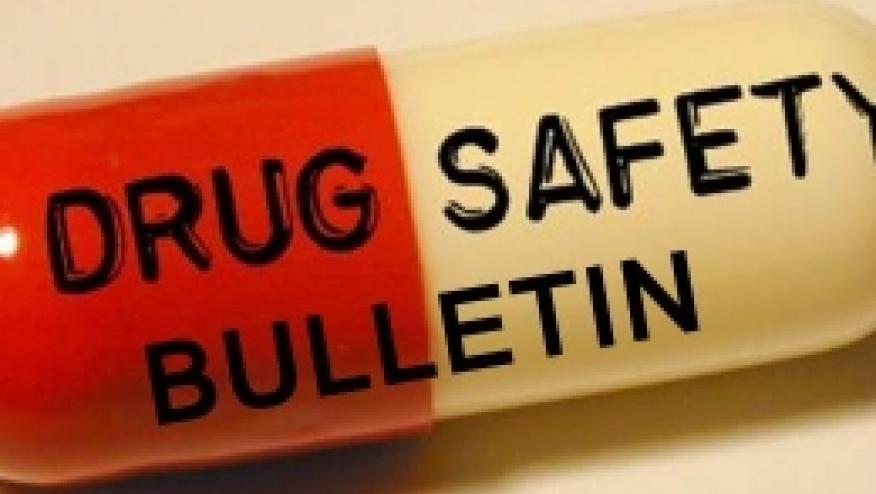Safety Reports in the News Save

Can We Do Better than FAERS? Brian Overstreet (of Adverseevents.com) has written on MedPageToday.com about the current state of adverse event reporting. He notes there are long-standing, acknowledged limitations to the FDA's Adverse Event Reporting System (FAERS), also known as the MEDWATCH system. This methodology is based on voluntary reporting by multiple sources – patients, physicians, drug companies, etc. There are significant problems with reporting bias (i.e., the Hawthorne effect), underreporting, event veracity and confirmation, incomplete data, etc. http://buff.ly/1eFJpN2
More than 6 years and over $150 million has been spent on a “Big Data” approach to drug safety in the building of the FDA’s Sentinel Initiative, wherein drug safety surveillance systems based on linking with analyzing millions of electronic health records. Despite this effort, the fruits of Sentinel have not yet been realized. Similarly, the FDA’s efforts to scour social media, search engine patterns and large patient networks to identify earlier drug signals has been recently touted as advances that have yet to be put to use.
Still, FAERS continues to be the standard for large scale pharmacovigilance. The good news is that reporting through FAERS is up significiantly. In the past 5 years, the number of adverse event case reports has increased by 71%, from 525,000 in 2010 to 900,000 in 2014. This is partly because the FDA has improved and streamlined reporting online and established measures to improve reporting by the pharmaceutical industry.
Although the General Accounting Office is the source of the often quoted figure that 90% of serious adverse events go unreported, AdverseEvents.com believe this is an overestimation. The importance of event rates is evident with reports from the Agency for Healthcare Research and Quality and the CDC that estimates the average cost of a hospitalization from an adverse event at $10,033, the average cost of a death from an adverse event at $23,017, and the average cost of a disability from an adverse event at $11,471.
Patients Like Me Sign On for Safety. The FDA has established a partnership agreement with the website PatientsLikeMe, an online patient networking forum, to leverage patient-reported information to bolster its drug safety monitoring efforts. PatientsLikeMe has 350,000 members representing over 2,500 health conditions and have collected more than 110,000 adverse event reports on 1,000 different drugs. This partnership will provide FDA with access to “real-world” data about patients’ drug and disease experiences. http://buff.ly/1De8ASJ
FDA and the Safety of Diabetes Drugs. Sharfstein and Kesselheim have addressed the process of identifying serious but rare safety signals post-drug approval. Such events may take hundreds of thousands of patients and several years to become apparent. Along the way, the FDA must rely on numerous sources to identify such a “signal”. The FDA must assess the weight of evidence across meta-analyses and observational data of different quality. It is rarely feasible to conduct a definitive randomized clinical trial to assess a safety concern, as such trials can take years to complete. They reviewed the safety of the diabetes medications rosiglitazone and pioglitazone, as both resulted in and actions taken to minimize the risk of CV events and bladder cancer respectively. At issue is whether the FDA had the necessary informration to act swiftly and correctly. They call for a rigorous, fair, and transparent framework that protects the public. http://buff.ly/1De8ESv
Under-Reporting of Serious Adverse Events. U.S. regulations mandate that serious adverse events be reported to the FDA within 15 days of their discovery. Expedient reporting is the responsibility of the investigators, physicians and pharmaceutical manufacturer.
In a study done by the University of Minnesota School of Public Health in Minneapolis, 160,383 SAE’s, or 10 percent of reports, were not reported by pharmaceutical companies within the required 15 days – this included nearly 40,500 reports involving patient deaths (Citation source http://buff.ly/1JGRm1z).
Drug manufacturers are also less likely to disclose serious adverse events within this window when patient deaths are involved than when complications aren’t fatal, according to an analysis of 1.6 million side effect reports to the FDA from 2004 to 2014. About 91 percent of the nonfatal complications were reported within 15 days, compared with 88 percent of cases involving patient deaths.
The FDA is reviewing these reports.
Failure to Disclose Boxed Warnings in Consent Forms. Belknap et al has reported in JAMA Internal Medicine the results of a 2 year analysis showing that 63% of patient consent forms for IRB approved projects failed to disclose one or more relevant boxed warnings listed on the drugs package label.
While, half of industry or government sponsored trials failed to disclose such key information, and even higher percentage of nondisclosure (81%) was seen in trials not sponsored by the government or pharma.










If you are a health practitioner, you may Login/Register to comment.
Due to the nature of these comment forums, only health practitioners are allowed to comment at this time.